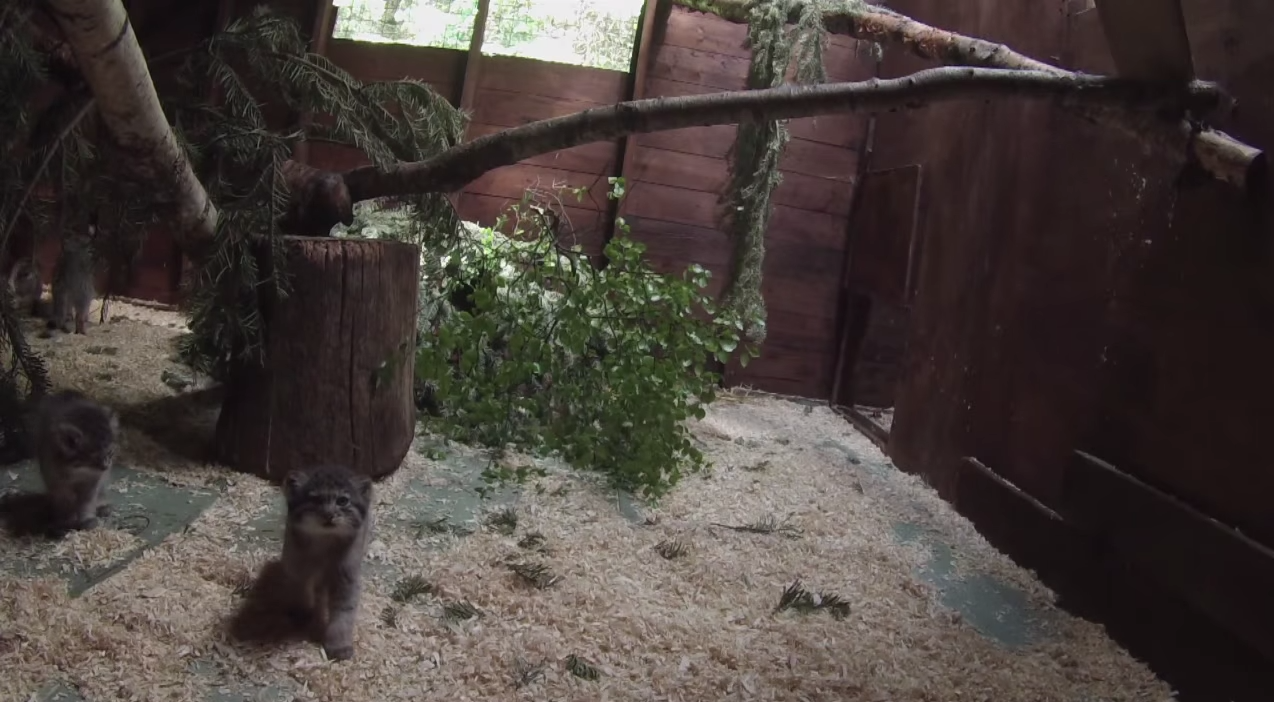Six Adorable Exotic Kittens Born at Scottish Zoo

Six rare kittens were recently born at a Scottish zoo, and hidden cameras caught the creatures' first steps outside their nest box.
The baby Pallas's cats somewhat resemble Persian cats, though they are more suited for the high plateaus and mountainous parts of central Asia than a litter box.
The six new additions to the Highland Wildlife Park are less than 3 months old. Though keepers have not been able to photograph the cats up close yet, cameras inside and outside the nest box captured footage of the kittens playing and exploring their home.
The cats are quite mysterious in the wild and are difficult to breed in captivity because the kittens are susceptible to toxoplasmosis, an often-fatal parasitic disease.
To prevent the new litter from getting sick, Highland Wildlife Park keepers set up camera traps and secret sound recorders to find out when the Pallas's cat parents — male Beebop and female Alula — were mating.
"Monitoring the vocalizations of the cats helped us to identify when mating had taken place and this is the key time that a prevention treatment for toxoplasmosis needs to begin, in the early days of a potential pregnancy," David Barclay, senior keeper for the Highland Wildlife Park, said in a statement.
"Unlike other treatment programs that can be very intensive and stressful to the cats, our work here has allowed us to implement our veterinary protocol in a completely stress free environment," Barclay added.
Sign up for the Live Science daily newsletter now
Get the world’s most fascinating discoveries delivered straight to your inbox.
The International Union for Conservation of Nature (IUCN) has listed Pallas's cats as a near-threatened species. The animals are threatened by habitat loss and poachers, who target the creatures for their fur, as well as their fat and organs for traditional medicines.
Highland Wildlife Park, a zoo and reserve located near Kingussie, Scotland, is also home to European bison, European elk, Bukhara deer and Japanese macaques.
Follow Megan Gannon on Twitter and Google+. Follow us @livescience, Facebook & Google+. Original article on Live Science.










